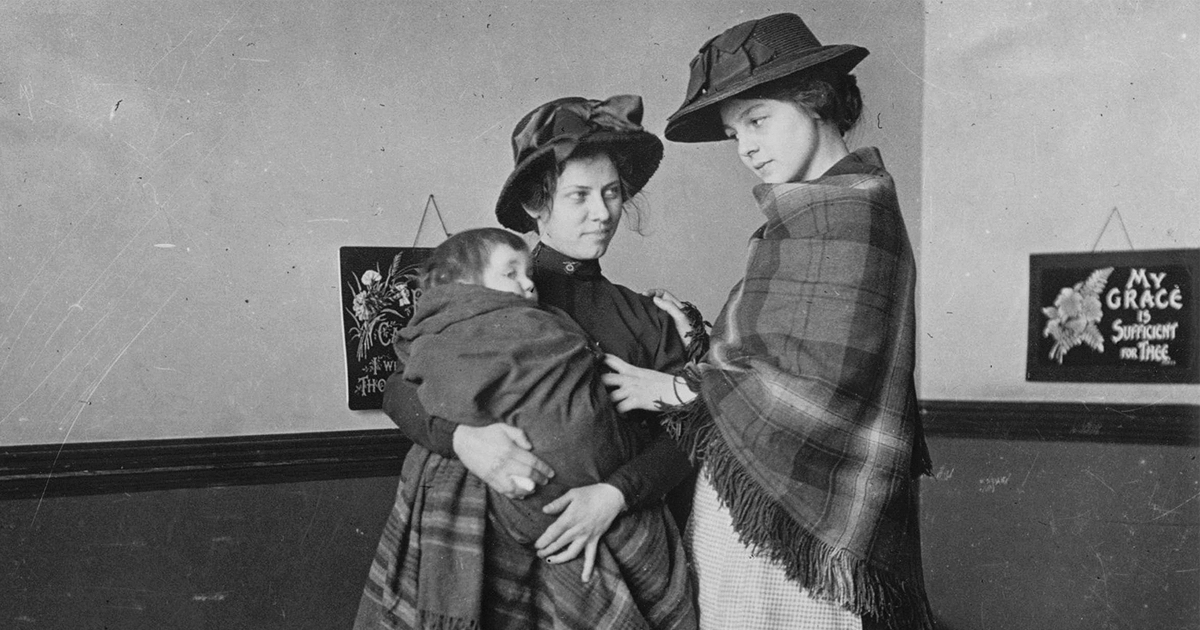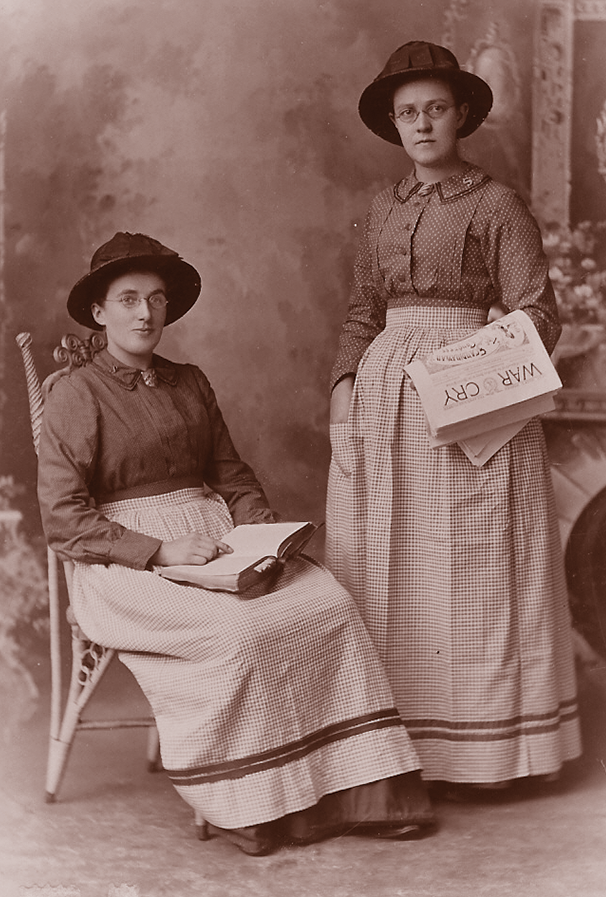The Slum Sisters
In this edition of "Looking Back," we explore the legacy of the Slum Sisters.
The Salvation Army is known for its ministries throughout its 154 years of ministry. In 1890, one such ministry was an early example, when Captain Emma Bown organized the first Slum Sisters brigade.
The conditions in 1890s New York were deplorable with people crowded into tenements without heat or running water. There were very few toilets and most people shared cramped spaces with other families.
“The Slum Sisters recruited volunteers, oftentimes they were people who lived or worked with them.”
The Sisters were sent into the worst of these places. Without uniform or fanfare, they sought out people who needed help. They bathed the sick, fed children, washed clothing, cleaned houses and cooked a lot of meals. They often faced opposition from proud housewives, but with their unassuming ways and hard work, they eventually gained the respect of the people.

“You can always tell that it’s a [Slum] Sister,” one observer intoned, “Their aprons and caps are always clean and white, and they are always on the move.” Often the Sisters were called out in the middle of the night to take care of children or a sick parent.
One of the benefits of a close working relationship was that the Slum Sisters recruited volunteers among the very people that they lived and worked with.
As housing conditions improved, the Slum Brigades faded into a memory. However, active slum workers refused to leave their work during World War II, including Captain Jessie North and Lieutenant Edith Stead who were killed in the bombing of London in 1940.
The Slum Sisters were recognized by civic leaders, presidents
Photos: Salvation Army National Archives







